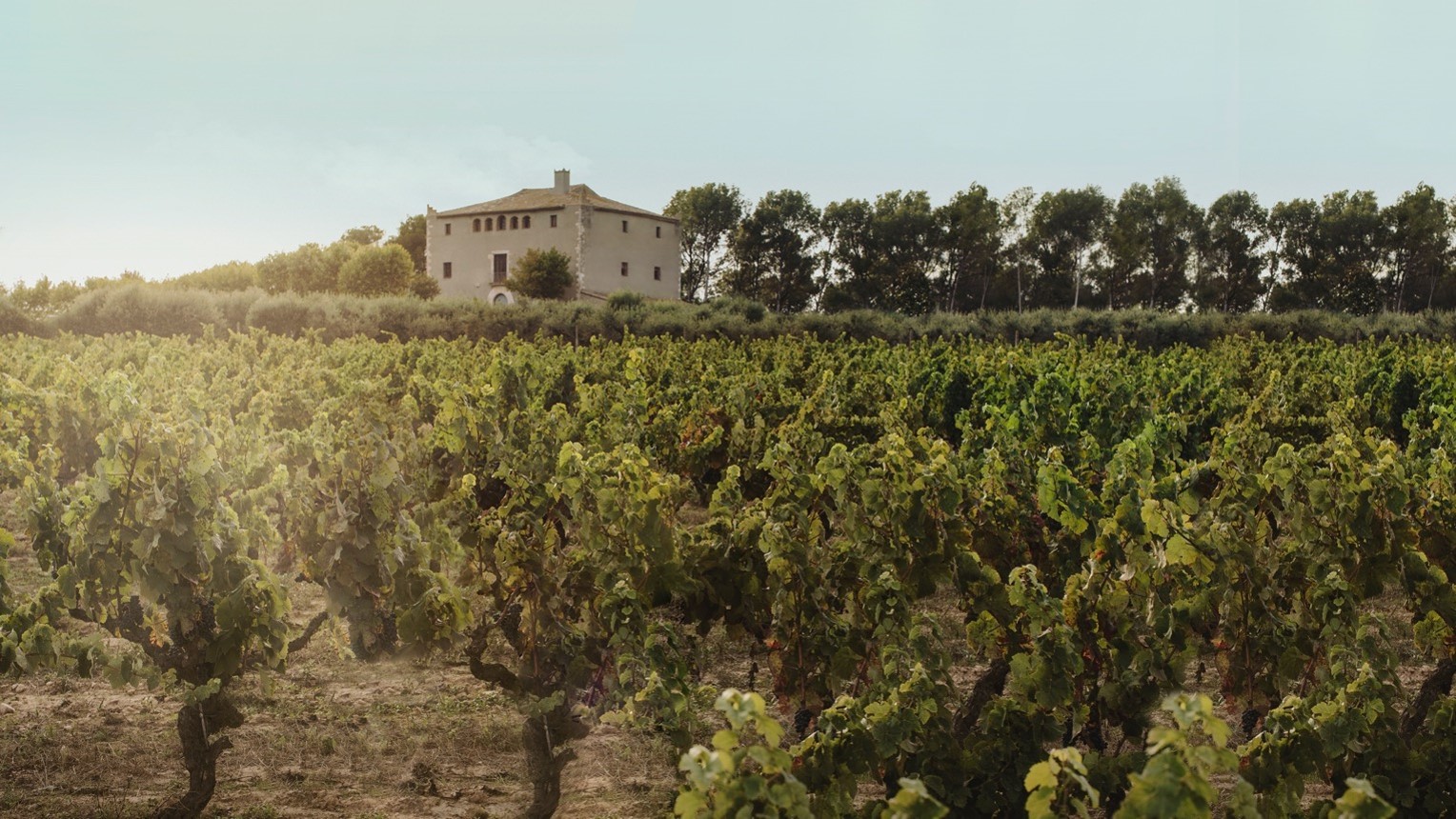
Working for Earth-Friendly Wine, Two Worlds at a Time
Familia Torres achieves sustainability in Spain, Chile, and California.
Familia Torres achieves sustainability in Spain, Chile, and California.

Familia Torres achieves sustainability in Spain, Chile, and California.
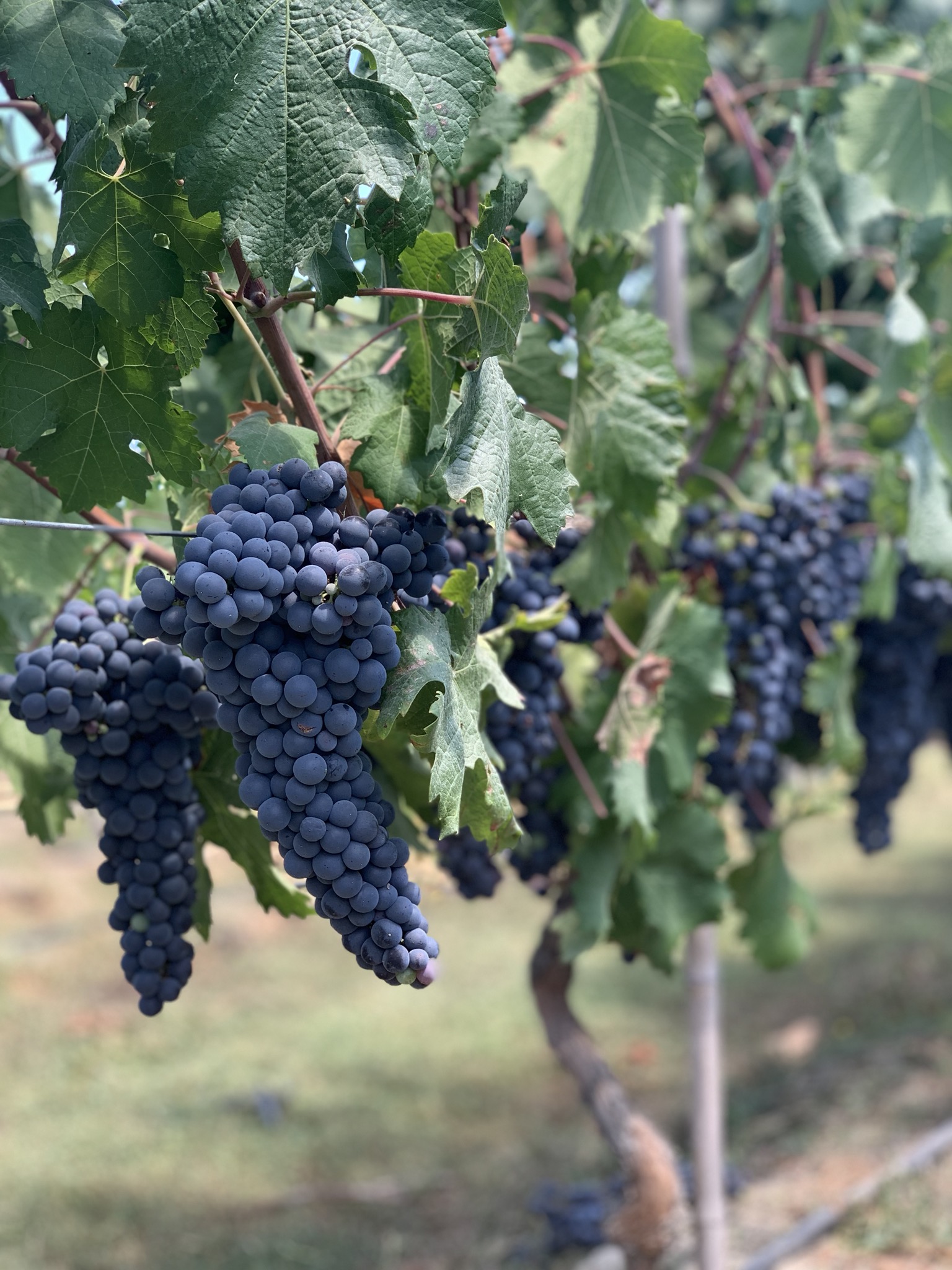
Many examples of Chile’s signature red wine, carmenère, are appreciated for their richness, complexity, structure, and balance–the culmination of decades of dedicated work in Chile’s vineyards and cellars.
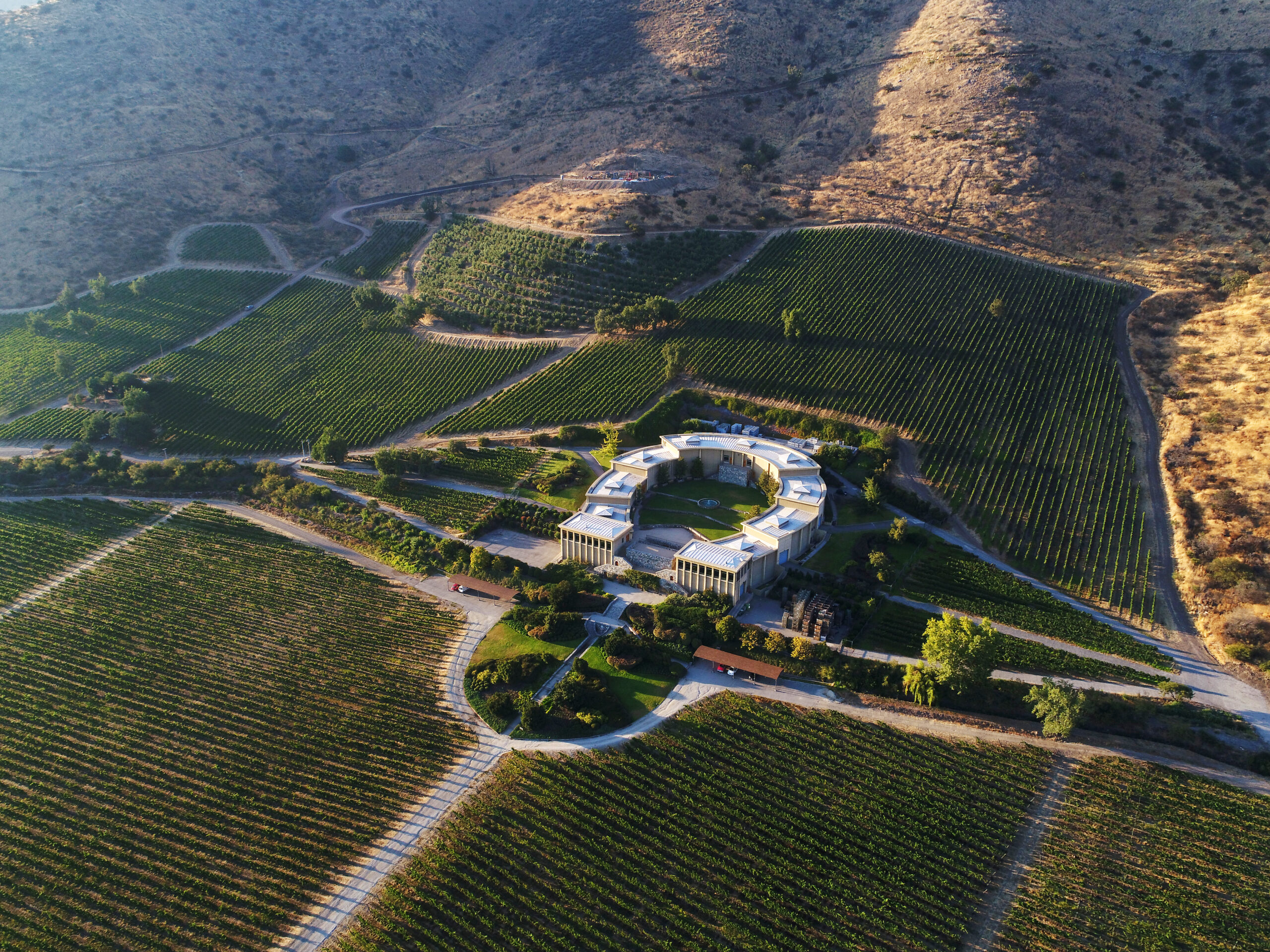
Aficionados of horses and wine can find a winery in Chile that satisfies both their passions: Haras de Pirque, meaning “Pirque stud farm.”
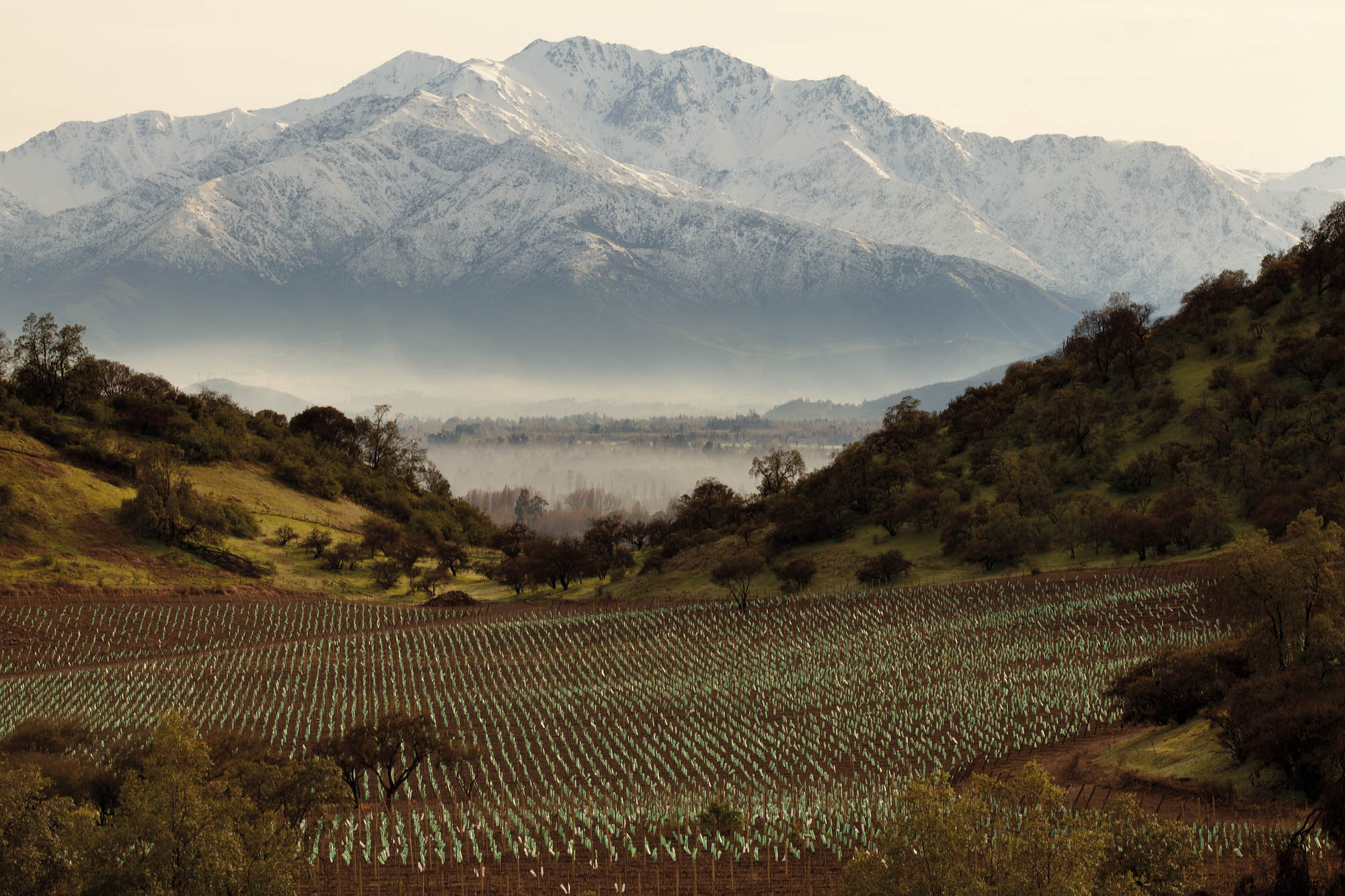
Wineries generally replace aging or underperforming grapevines gradually—parcel by parcel, or vineyard by vineyard—to minimize disruption to production. But Chile’s Santa Rita winery takes a radical approach.
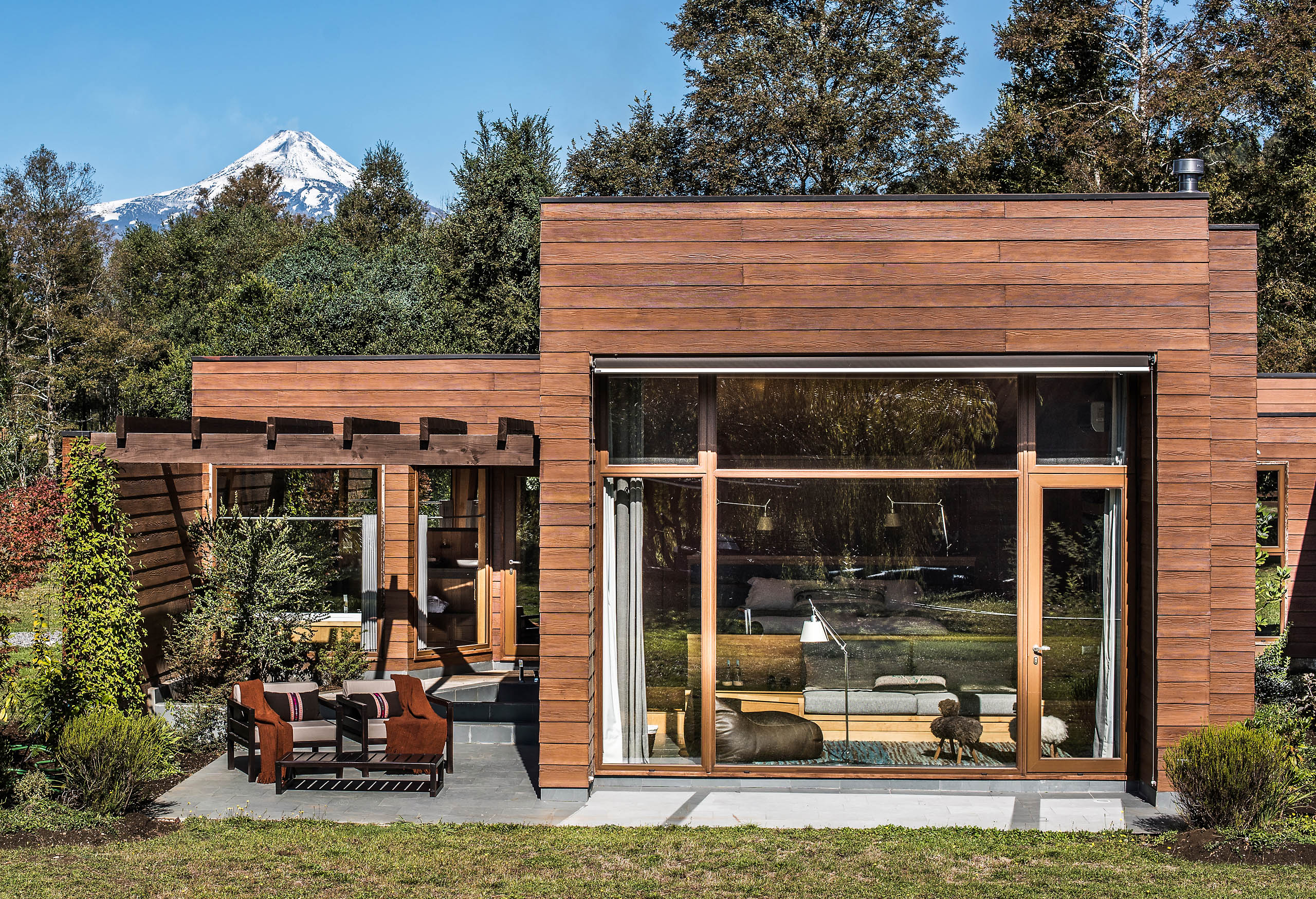
You wouldn’t think a place in the shadow of a volcano that emits a constant stream of smoke would be a haven of relaxation, but down an unpaved road, &Beyond Vira Vira exudes a bucolic peace.

Nestled in northern Chile’s Salt Mountains, red hulking geological wonders dusted with their white namesake, the sprawling adobe hotel mimics the layout of a traditional Atacameño home, which has llamas and alpacas in the centre along with a small garden of crops like corn and beans. At Nayara Atacama, the llama corral is flanked by lush alfalfa bushes.

The South America Wine Guide is the brainchild and product of the sheer hard work of Amanda Barnes, an English wine writer who has lived in Argentina for the last dozen years.
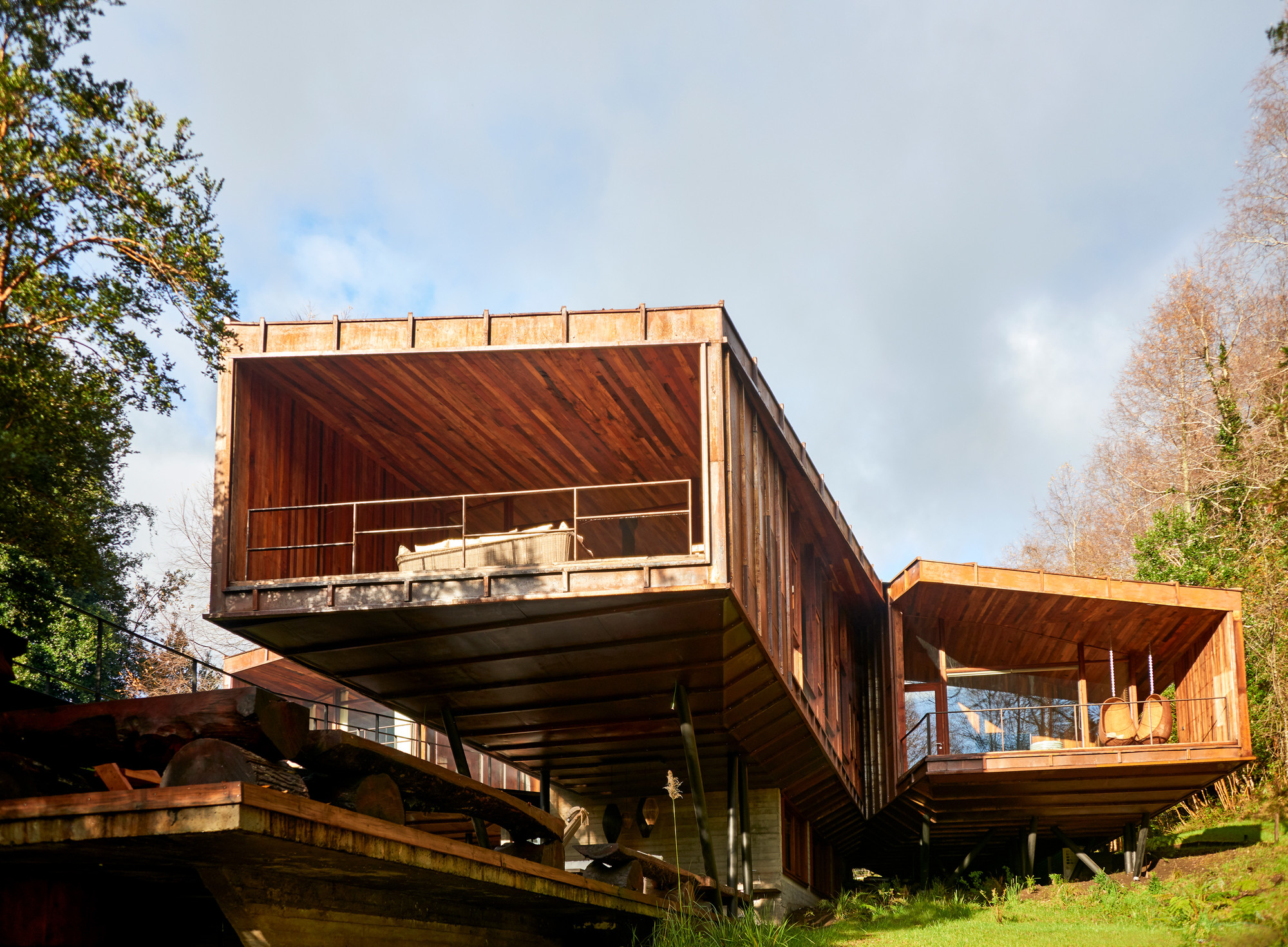
Her firm’s philosophy counters the monumentalism of Europe with the expansive territory of the Americas so that the architecture is “confused” with the environment.
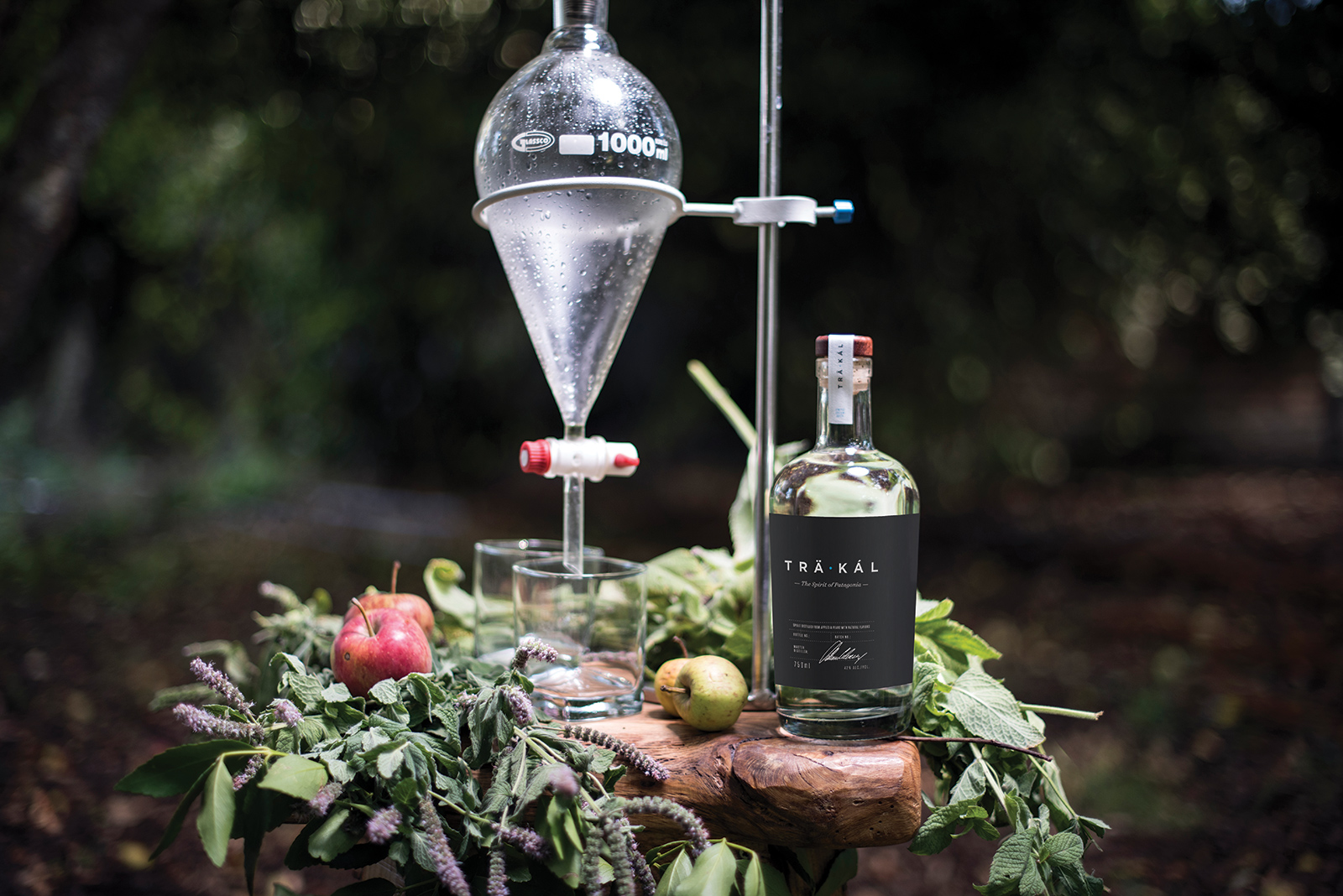
Träkál is a new spirit from the Chilean part of Patagonia, and it’s designed to honour the distinct environment from which it hails.